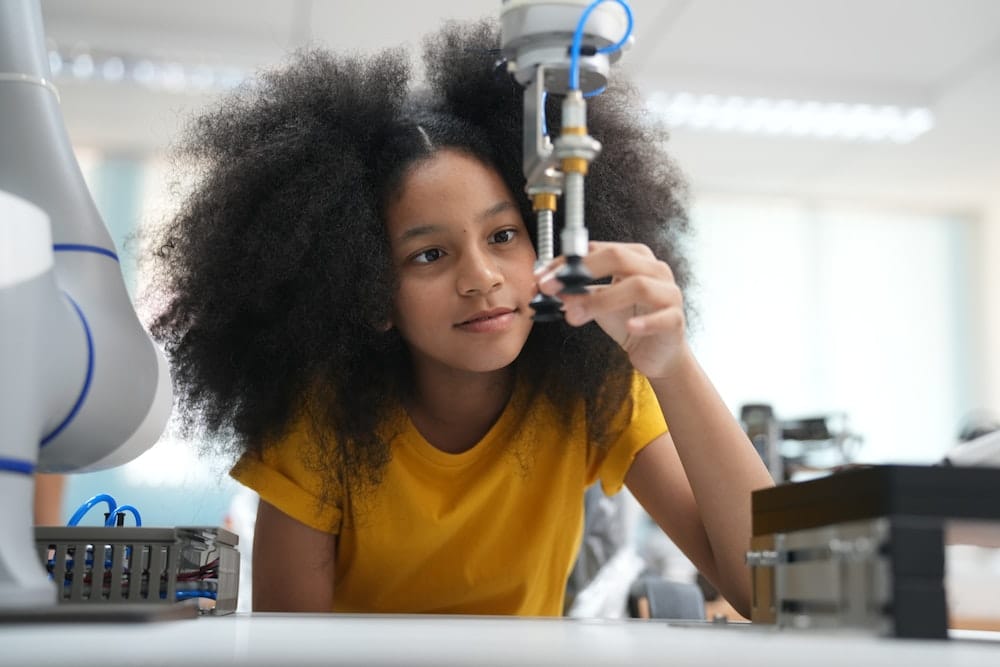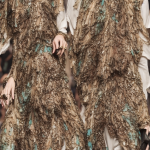In an ever-evolving corporate landscape, the design of office spaces has taken a pivotal role in fostering collaboration, innovation, and productivity among employees. Companies have come to realize the profound impact that workspace design can have on the performance and the well-being of their employees. Office spaces are no longer confined to dull cubicles and rigid layouts; they’ve transformed into vibrant, flexible spaces that stimulate creativity and encourage teamwork. In this article, we will delve into the latest trends in workspace design and how they are shaping the future of workplace environments.
1. The Shift Towards Open Workspaces
The traditional, closed-off cubicle style office design is becoming a thing of the past. More and more companies are opting for open workspaces to encourage collaboration and communication among their employees.
En parallèle : How to apply the principles of universal design in real estate development for inclusivity?
These spaces are designed to be flexible and adaptable, allowing employees to freely move around and collaborate with different team members. The open floor plan not only breaks down physical barriers but also promotes transparency and inclusivity within the organization.
Some organizations go a step further to create multi-functional areas in their open spaces. These areas can serve various purposes – from informal meeting spaces to quiet zones for focused work.
A lire aussi : What strategies can be used to effectively market and sell eco-friendly real estate properties?
However, it’s important to strike a balance. While open workspaces promote collaboration, they can also become noisy and distracting. That’s where the trend of incorporating quiet zones or ‘focus rooms’ in the office design comes into play.
2. Incorporating Nature in Workspace Design
The trend of introducing elements of nature into workspace design, often referred to as ‘biophilic design,’ is on the rise. This concept stems from the inherent human tendency to seek connections with nature and other forms of life.
Biophilic designs use natural materials, plants, natural lighting, and other elements to create a more comfortable and productive working environment. Studies have shown that workspaces with elements of nature can increase productivity by up to 15%.
This trend not only enhances the aesthetic appeal of the office but also promotes wellness among employees. It creates a calm and refreshing atmosphere which can reduce stress and improve mental well-being.
3. Technology-Integrated Workspaces
As we move further into the digital era, the integration of technology in office spaces has become inevitable. Modern workspace designs are increasingly incorporating technology to streamline operations and enhance productivity.
This includes everything from smart desks that adjust as per employee’s preferred height to advanced video conferencing facilities for seamless virtual meetings. The seamless integration of technology in the workspace enhances efficiency and simplifies complex tasks.
Moreover, technology has also led to the rise of ‘smart’ workspaces. These workspaces are equipped with sensors and Internet of Things (IoT) devices that can monitor and control various aspects like lighting, temperature, and even track employees’ usage patterns to optimize the space.
4. Activity-Based Workspaces
The concept of activity-based workspaces is gaining popularity in the realm of office design. This approach involves creating different areas within the office, each designed for a specific type of work activity.
Employees can choose a workspace that best suits the task they’re working on. For instance, there could be quiet zones for focused work, collaborative zones for team projects, lounge areas for informal meetings, and so on.
This provides employees with the autonomy to work how and where they want, which can significantly boost their motivation and productivity.
5. Emphasis on Employee Wellness
Workplace design today is no longer solely about aesthetics and functionality. There is a growing emphasis on creating spaces that promote employee health and wellness.
This includes incorporating features such as ergonomic furniture, fitness centers, wellness rooms, and even meditation spaces in the office design. Also, companies are paying attention to aspects like air quality and lighting, given their impact on employees’ health and comfort.
In a nutshell, the workspace design trends of the future are focused on creating dynamic, flexible spaces that are not just visually appealing, but also contribute to the employees’ productivity, wellness, and overall satisfaction. As companies continue to evolve and adapt to the changing work dynamics, we can expect to see even more innovative and exciting trends in workspace design.
6. Embracing Hybrid Work Environments
The advent of remote work due to the COVID-19 pandemic has led to a fundamental shift in how businesses operate. Many companies have transitioned to a hybrid work model, where employees work partially from the office and partially from home. This shift has far-reaching implications for office design and use of office space.
Hybrid work environments are tailored to accommodate this new work style. They consist of a mix of private offices and shared spaces, catering to different work situations and preferences of employees. So, while there are dedicated desks for those who prefer routine, there are also open, collaborative spaces for those who thrive in a more dynamic environment.
Hot desking, or the practice of not assigning specific desks to employees, is another trend that goes hand in hand with hybrid work. With employees not always working from the office, hot desking makes more efficient use of the office space.
Moreover, as employees spend a significant time working remotely, companies are investing to ensure their office spaces are enticing and offer something that home offices don’t. This could be anything from state-of-the-art technology and high-speed internet to a vibrant and stimulating atmosphere that fosters creativity and collaboration.
7. Coworking Spaces and Community Building
In response to the evolving needs of the modern workforce, coworking spaces have gained popularity. They offer a flexible and cost-effective alternative for startups, freelancers, and even established companies looking for remote work solutions.
Coworking spaces are designed to cultivate a sense of community and promote collaboration. They usually consist of an open workspace with communal tables, private offices, conference rooms, and casual lounge areas. Many also offer added amenities like cafes, fitness centers, and event spaces, providing a holistic work experience.
Beyond the physical layout, coworking spaces are also known for their vibrant, dynamic atmosphere, which is conducive to networking and collaboration. Working alongside professionals from diverse fields can provide unique perspectives and foster innovative ideas.
To conclude, the emerging trends in workspace design are about more than just aesthetics. They are transforming the way we work, fostering collaboration, and enhancing productivity while also prioritizing employee wellness. From open workspaces and biophilic design to technology integration and activity-based workspaces, companies are reinventing their offices to create an environment that is not just conducive to work but also supports the holistic well-being of their employees.
As we move forward, we can expect to see even more innovative workspace design trends, with a greater emphasis on hybrid work environments, coworking spaces, and community building. Real estate players will need to adapt to these changing trends and offer office spaces that meet the evolving needs of the modern workforce. The future of office design is here, and it’s exciting, flexible, and centered around the employees.










